St. Petersburg (Petrograd) in war and revolution (1913-1918)
On the frosty winter morning of 21 February 1913, a twenty-one gun salute rang out from St. Petersburg's Peter and Paul Fortress: the Romanov dynasty was heralding its tercentenary. Three hundred years earlier, the dynasty's inception had brought an end to the Time of Troubles which had ravaged the land, and now, in May 1913, when Tsar Nicholas II, his wife Alexandra, and their five photogenic children embarked on a two-week celebratory journey to major Russian towns they were greeted by cheering crowds. Russia appeared to have recovered from the upheavals of 1905-1907, and although strikes and unrest still erupted around the country, 1913 was Russia's most prosperous year to date.
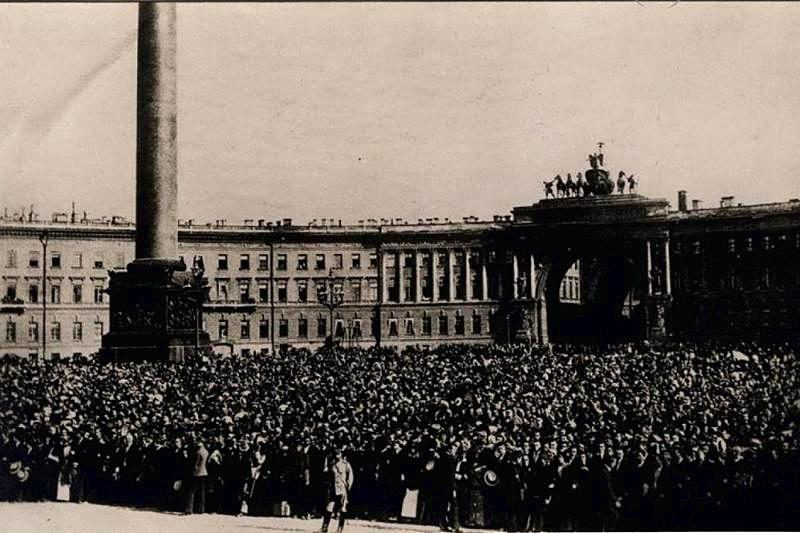
One year later, as Europe catapulted into World War I, Nicholas and Alexandra stood on a balcony of the Winter Palace, and waved at the crowds that had gathered in Palace Square to cheer their monarchs and their country. In a further burst of national enthusiasm, the city's name was changed to Petrograd, a russified version of the German-sounding Sankt-Peterburg. Who was to say the Romanovs might not rule over their vast empire for another three hundred years?
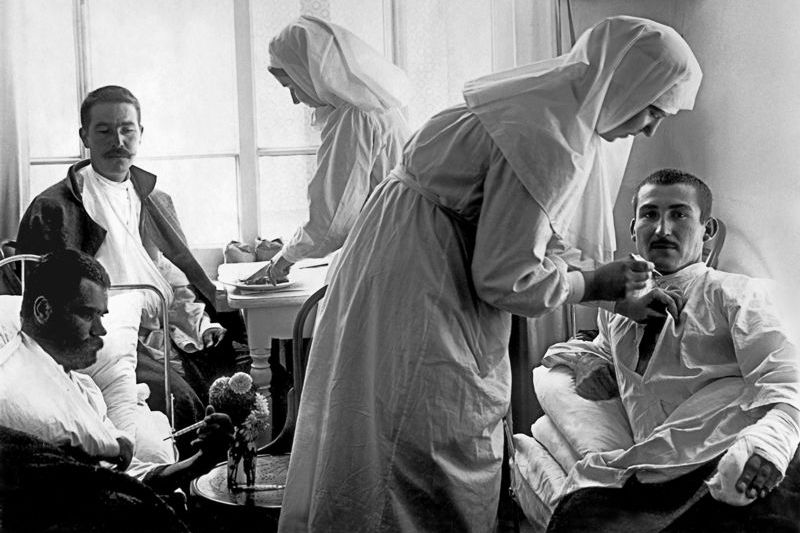
The war, however, started badly for Russia and the situation on both the home and the battle fronts worsened with time. By January 1917, over a million Russian soldiers had died. Petrograd huddled on the icy Neva, suffering from hunger, fuel shortages, war weariness, and an array of social and economic problems that bred suffering and discontent. The descent into another Time of Troubles had begun.
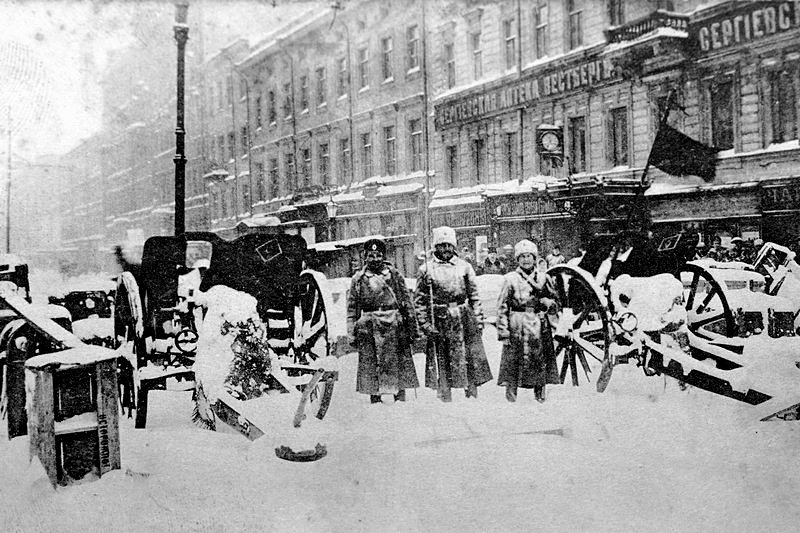
On 18 February, workers at Petrograd's Putilov steel works went on strike. By 22 February, over half a million people were protesting. The next day, women standing in line for daily bread rations were told there would be none. A spontaneous protest erupted that was joined by workers, the hungry and the dissatisfied. Demands for peace and an end to the autocracy joined those for bread. By 25 February, a general strike had overtaken the city. Military troops were commanded to restore order, but instead of them firing on the crowds, the unthinkable occurred: they broke ranks and joined the protesting mobs.
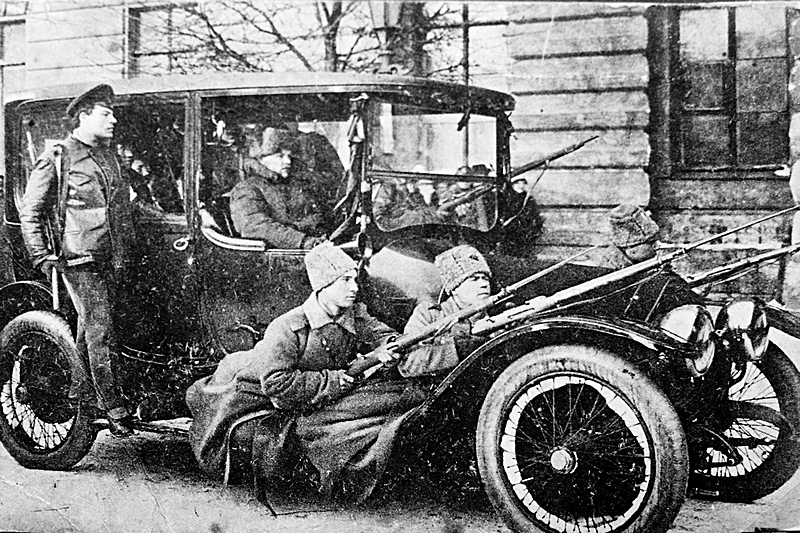
In view of the uncontrollable chaos, Nicholas was forced to abdicate on 2 March 1917, bringing 304 years of Romanov rule to an ignominious end. In place of the disintegrating autocracy, an uneasy dual regime emerged consisting of the Provisional Government (political liberals, reform-minded nobles, and business interests) and the populist, radical Soviet (workers, peasants, soldiers, and sailors). Power had almost bloodlessly changed hands, but the problems of food supply, land reform, and war could not be easily resolved, especially as the Provisional Government rejected outright the proposal of a separate peace with Germany and its allies.
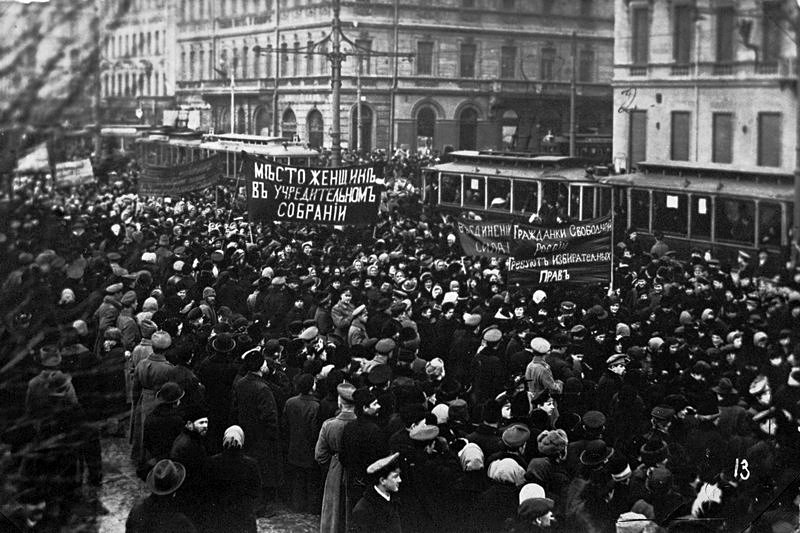
One of the last people who seemed to pose a threat to this tentative state of affairs was Vladimir Lenin. Sitting in penurious exile in distant Switzerland, the professional revolutionary was distraught. Revolution, the goal to which he had dedicated his life, the cause for which he had been imprisoned and exiled, had unexpectedly occurred in his native Russia - and he was missing it. Crossing international borders was fraught with danger, but the Germans were ready to help. Hoping to foment internal problems on their enemy's home territory, they transported the radical revolutionary across Germany and back to Petrograd in a sealed train like (per Churchill) a "plague bacillus."
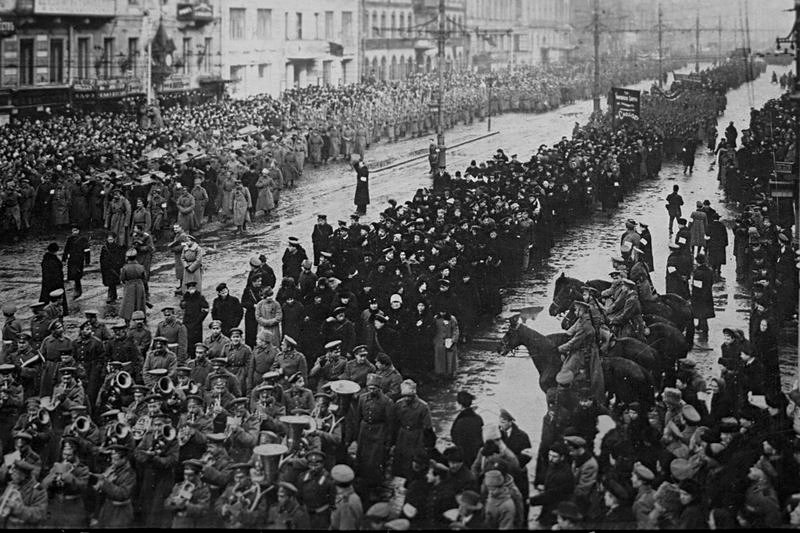
Arriving at the city's Finland Railway Station on 4 April, Lenin was met by an ecstatic crowd. This triumphant entry was followed by six months of ups and downs, but uncompromising ruthlessness, combined with the Bolsheviks' platform of peace, bread, and land reform, enabled the relentless Lenin to rouse a fervour that on 25 October culminated in a blank shot fired from the Cruiser Aurora: this was the revolutionary signal. The Winter Palace was "stormed", the Provisional Government barricaded inside was arrested, and Petrograd became the capital of the worldwide socialist revolution. Lenin, who just six months earlier was penning revolutionary tracts in a Swiss garret was now ruler of the largest country on earth, while Nicholas, former Tsar of All the Russias, was held captive with his family in Siberia, where he passed the time sawing wood.

